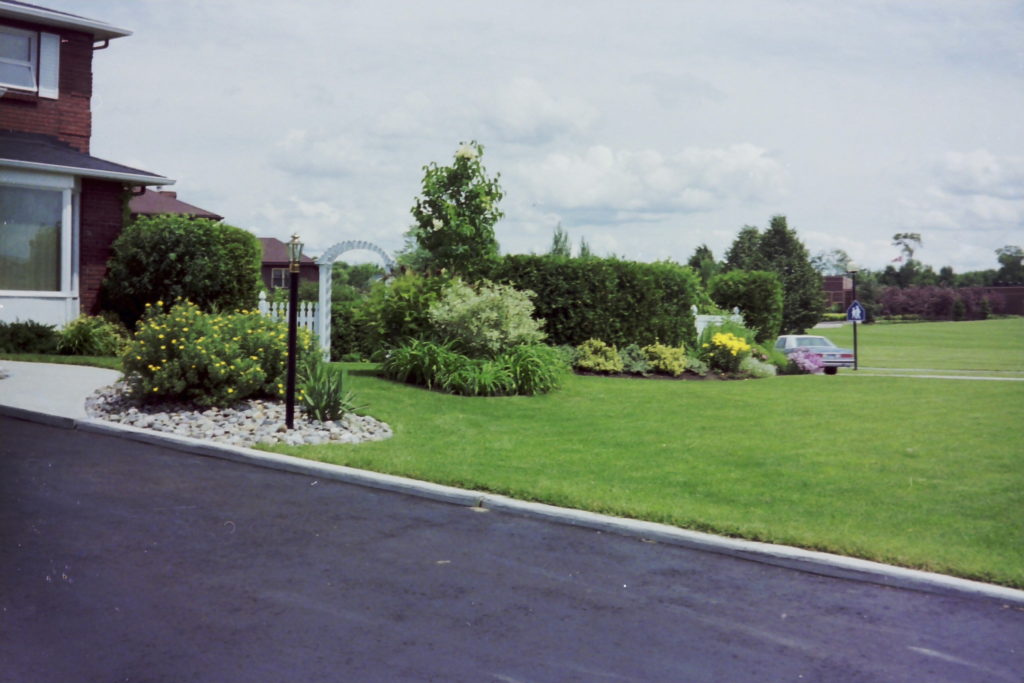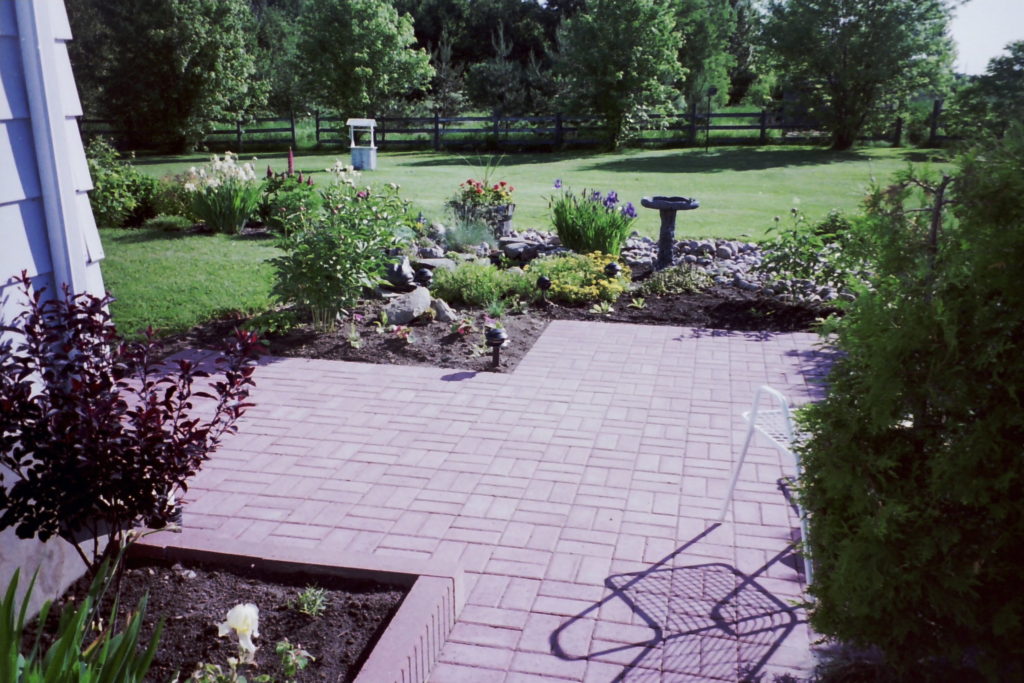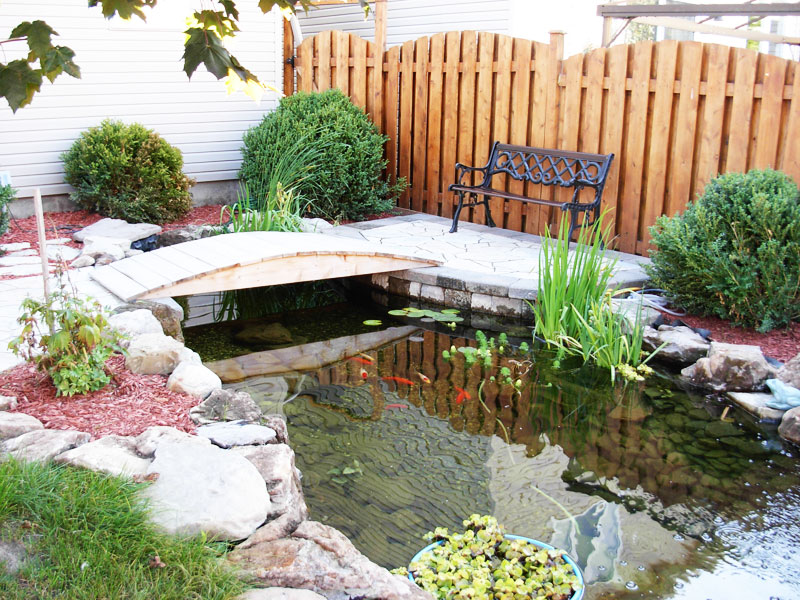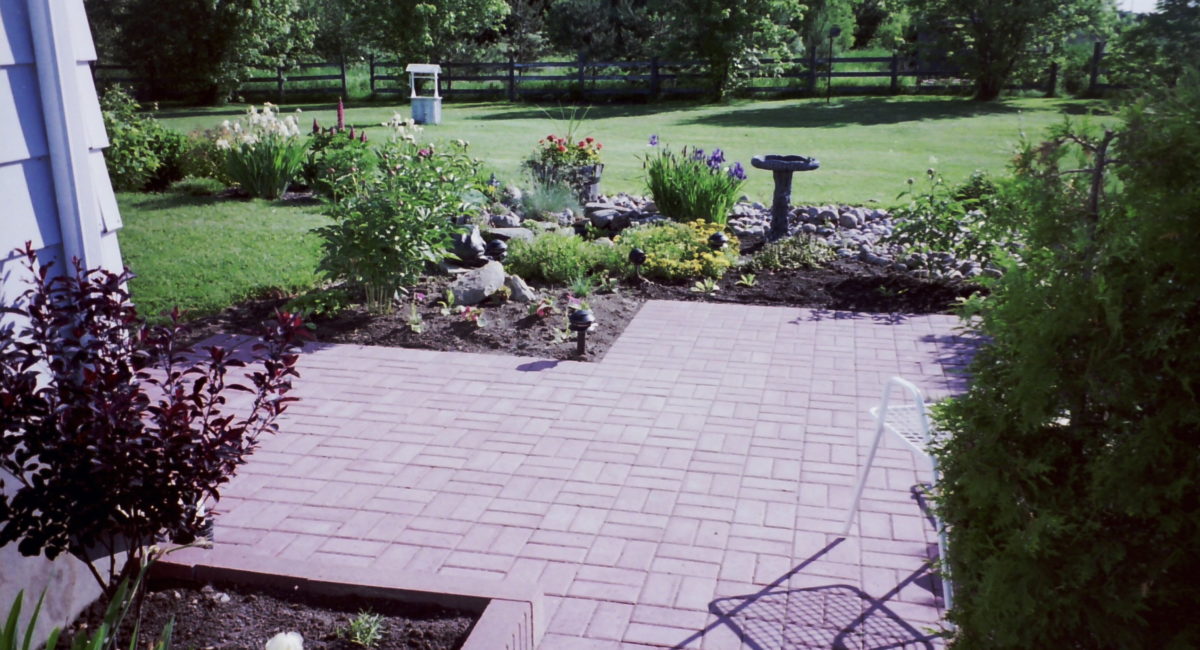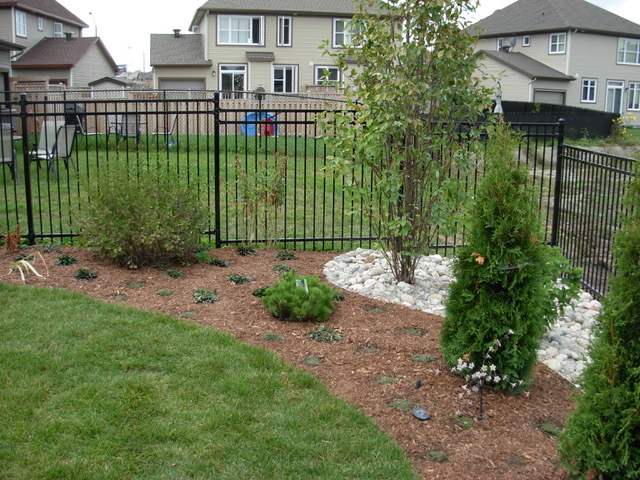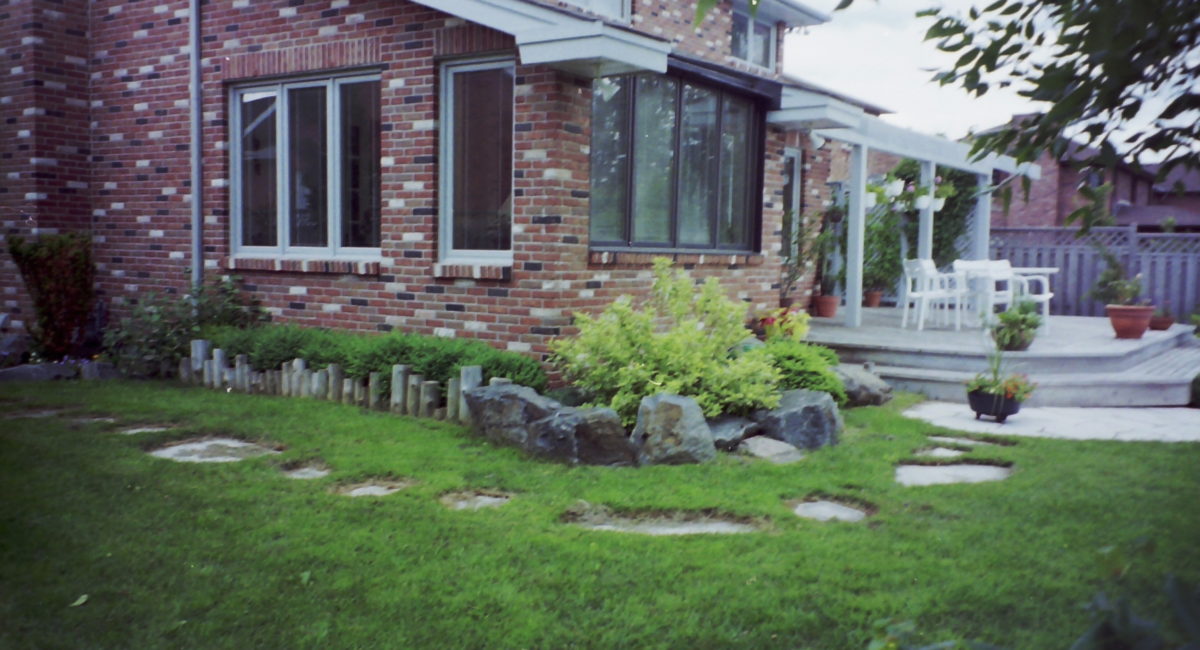Lawn Design
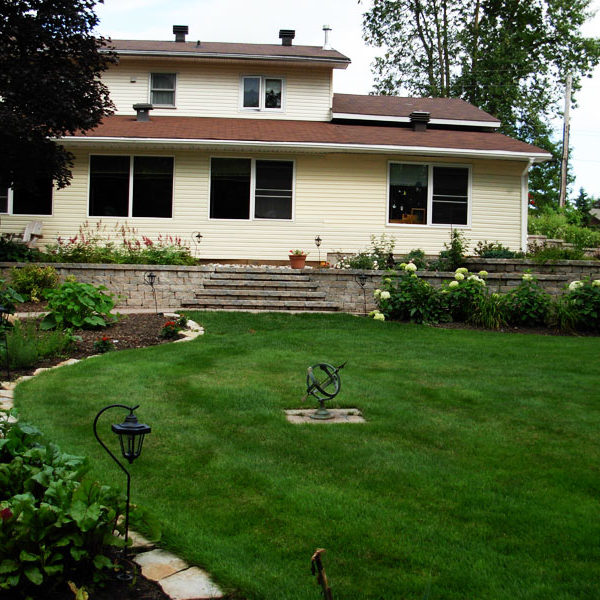
Water Features
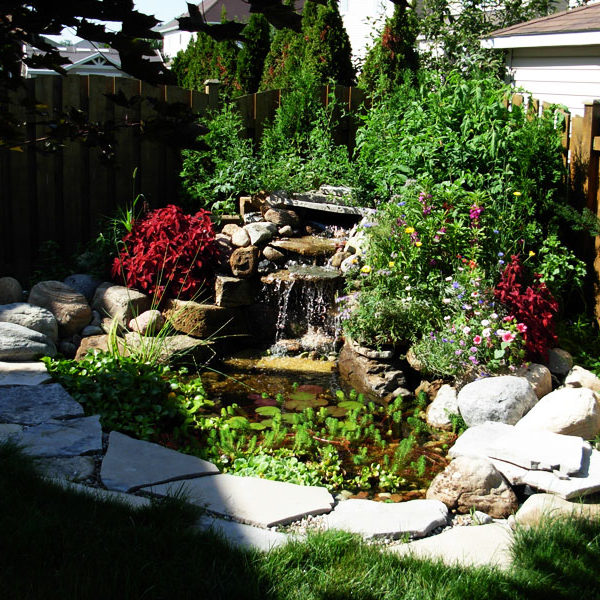
Stone Work

Lawn Walkways
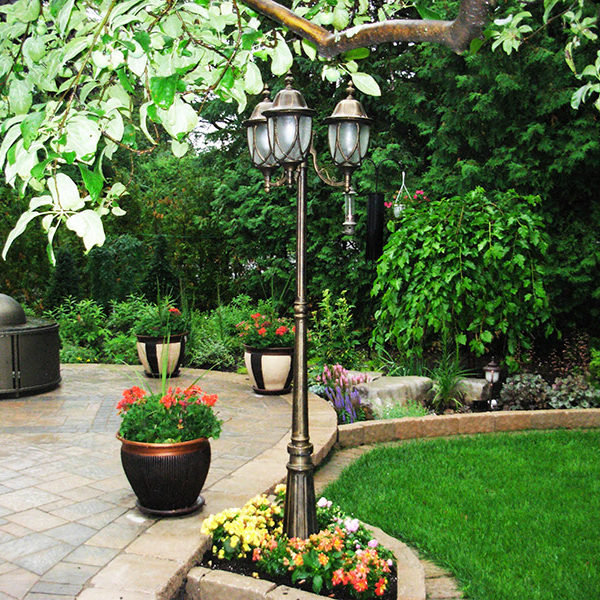
What to replace your lawn with?
It is daunting to figure out what to replace your lawn with. Since the front yard is hardly used by most people, that should be the first place to consider for replacement. But with what materials and plants should this be done? The first step should be to come up with a plan. Some professional help might be in order, such as a landscape designer or a landscape architect, because a well thought out plan determines the result of your lawn replacement project. But first, we need to consider different mix of options such as:
- Installing a pond.
- Installing a gazebo.
- Installing artificial grass.
- Mass planting of wildflowers.
- Lawn-like ornamental grasses.
- Low mass planting of evergreens.
- Patio / sitting area with pathways.
- Using ornamental boulders for accent.
- Flowering perennials low on the ground.
- Mass planting of small, medium and large sized shrubs.
- Shrinking the functional lawn size.
- Using organic mulch such as wood bark.
- Using inorganic ground cover such as river wash.
- Using lawn edger - plastic, metal, precast or wood.
Let’s talk, Get in touch today.
Please fill the form below, and we will contact you promptly!

